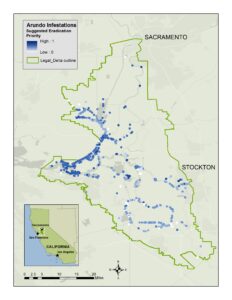Arundo Control and Restoration Project

Arundo (Arundo donax) is a non-native invasive grass that grows up to 25 feet tall along the edges of sloughs and canals in the Sacramento-San Joaquin Delta, and is also abundant in the Sacramento and San Joaquin River watersheds. Arundo restricts shoreline access, consumes larger quantities of water than native vegetation, obstructs flood control channels, creates fire hazards along sloughs and rivers, and displaces native plants and associated wildlife.
The Delta Conservancy and the Department of Water Resources (DWR) identified the need to address Arundo in the Delta and to restore the areas overrun by the grass with native vegetation. The Delta Conservancy established the Arundo Control and Restoration Project first to map and prioritize areas of Arundo in the legal Delta, and then to control Arundo and restore native habitat.
With funding from the Department of Water Resources, the Delta Conservancy is working with the Sonoma Ecology Center to map Arundo sites in the Delta and prioritize those sites according to their restoration value.
Also with DWR funding, the Delta Conservancy is contracting with the Solano Resource Conservation District and Sonoma Ecology Center on a pilot project of Arundo control and habitat restoration in the Cache Slough Complex. Implementation of this project has been ongoing since 2015 and will be followed by three years of maintenance and monitoring.
Sonoma Ecology Center and Solano Resource Conservation Districts have been working since 2015 with private landowners in Cache Slough Complex to treat and monitor Arundo. Overall, they have assessed more than nine miles of Cache Slough shoreline and treated any Arundo patches present. In 2016, Sonoma Ecology Center re-surveyed approximately five miles of shoreline initially addressed in 2015, and treated any Arundo re-growth.
Solano Resource Conservation District has installed one two-acre restoration project and is actively monitoring and maintaining it in cooperation with the landowner. For the second 15-acre restoration project, all permits have been obtained and active restoration will soon begin.
The Delta Conservancy is also working with the U.S. Department of Agriculture – Agricultural Research Service’s Delta Region Areawide Aquatic Weed Project (web link) in identifying potential sites for biological control of Arundo.
Click the image above to view the full map of Arundo donax sites in the Delta.
Websites for Arundo Control and Restoration Project Partners:
- Department of Water Resources Agriculture and Land Stewardship Framework (web link)
- Sonoma Ecology Center Arundo Project (web link)
- Solano Resource Conservation District’s Cache Slough Complex Restoration Work (web link)
- USDA Delta Region Areawide Aquatic Weed Project (DRAAWP) (web link)
- Ulatis Creek Arundo Control and Restoration Project in EcoAtlas Project Tracker (web link)
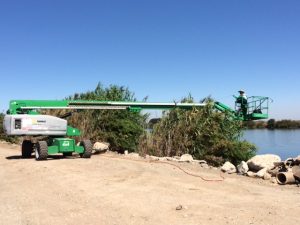
(Photo by Sonoma Ecology Center)
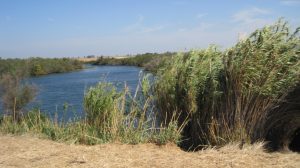

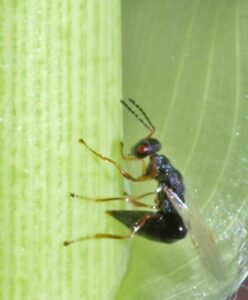
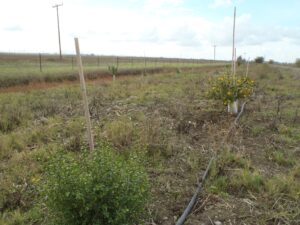
(Photo by Solano Resource Conservation District)
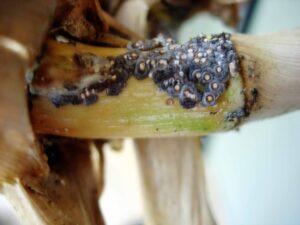
(Photo by USDA-ARS)


